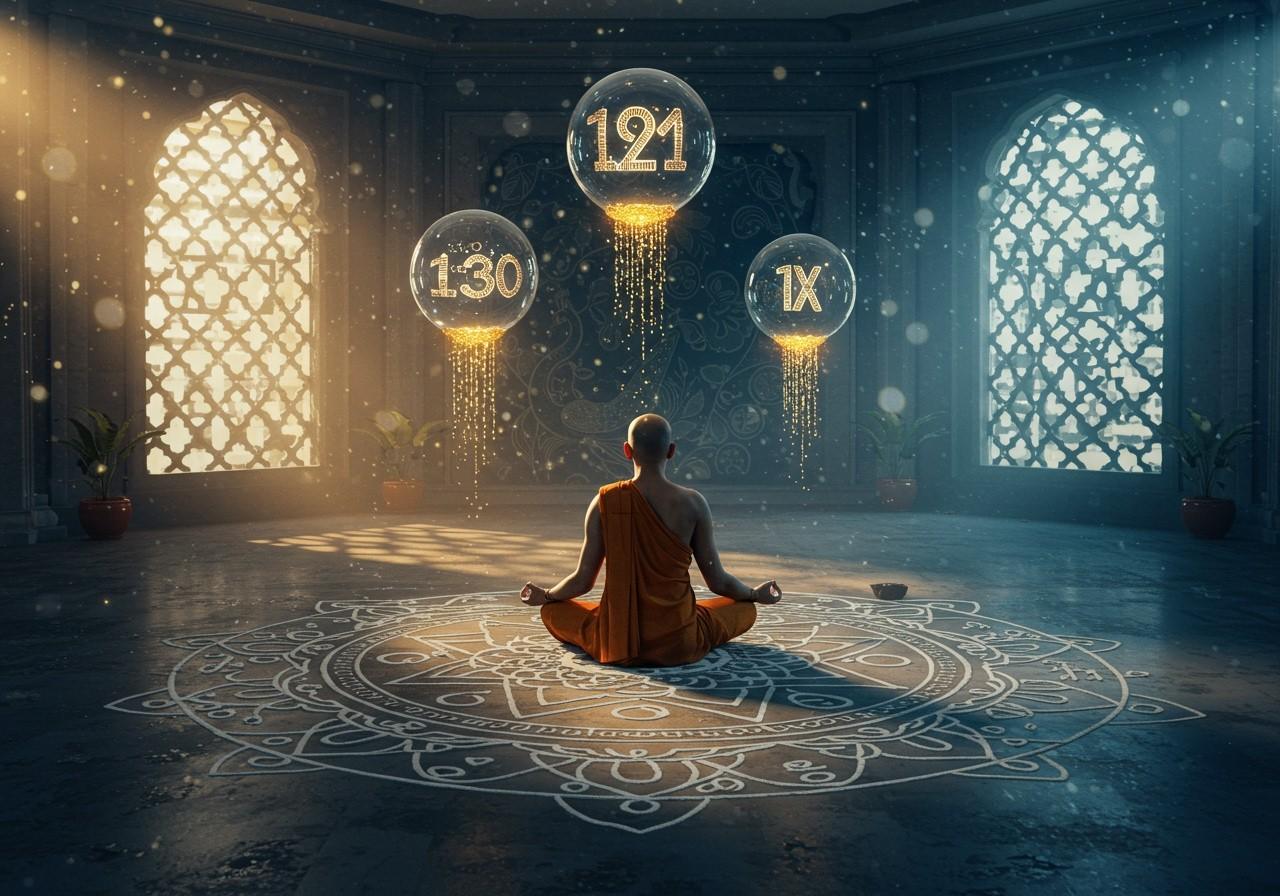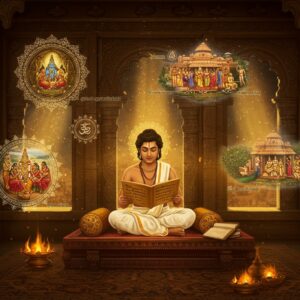
Exploring Number Systems: A Journey through Numerical Representations
Number systems are fundamental to our daily lives and technological advancements. Whether it’s finance, computing, or digital communication, understanding different number systems is crucial. Binary (base 2), decimal (base 10), hexadecimal (base 16), and the Indian numbering system are all vital in various contexts. This guide simplifies conversions between these systems, offering practical examples and insights. For those interested in traditional prayer beads or offerings in auspicious quantities, Poojn.in offers a wide selection to support your spiritual practices. Visit www.poojn.in to explore our collection.
Delving into the Indian Numbering System
The Indian numbering system, with its unique terms like lakh and crore, distinguishes itself from Western systems. Widely used in India for finance and commerce, one lakh equals 100,000, while one crore represents 10 million. This system has deep cultural roots, showcasing the rich heritage of numerical representation in India. The Indian Numbering System Converter is a handy tool for seamless conversions, especially useful for tasks like currency exchange and financial reporting. For those seeking ritual items in traditional quantities, Poojn.in offers a variety of options. Check out our paddy, chand mala, and camphor powder.
Converting Between Base Number Systems
Base number systems are the cornerstone of technology. Conversions between binary, decimal, and hexadecimal are essential for computing and electronics. Binary to decimal involves multiplying each digit by 2 raised to its position power and summing the results. Decimal to binary uses repeated division by 2, noting the remainders. Similarly, decimal to hexadecimal utilizes division by 16. Online tools and calculators provide accuracy and convenience for these conversions, making them invaluable for professionals in tech-related fields. Need specific quantities of ritual items? Poojn.in provides cotton thread and black sesame in various quantities to suit your needs.
Practical Applications and Tools
Number system conversions are crucial in diverse areas, including software development, network configurations, and data encryption. They are also essential for database management and various IT tasks. Online calculators and mobile apps streamline these conversions, enhancing efficiency. These tools are vital for professionals, ensuring precision in coding and other digital tasks. Poojn.in supports these traditions by offering products like brass dhoop dani and brass Kartikeya murti, ensuring authenticity and quality for your rituals.
Cultural and Practical Insights
The Indian numbering system reflects a rich historical heritage, seamlessly integrating into modern life. It demonstrates a balance between tradition and technology. Indians often switch between traditional and Western numbering systems in professional contexts, highlighting the importance of choosing the right tools for specific needs. This balance of tradition and innovation is crucial in today’s digital world. Explore articles related to Indian culture and traditions on Poojn.in, such as Holi in India and Baijnath Temple.
Conversion Examples: Decimal, Binary, and Hexadecimal
Let’s illustrate conversions between decimal, binary, and hexadecimal. Converting decimal 9 to binary involves dividing by 2 repeatedly, resulting in 1001. Conversely, binary 1010 to decimal is calculated as (1 * 2³ + 0 * 2² + 1 * 2¹ + 0 * 2⁰ = 10). Decimal 255 becomes hexadecimal FF, while hexadecimal A3 converts to decimal 163 (10 * 16¹ + 3 * 16⁰). These conversions are fundamental in computing, especially in programming and network configurations. Online tools ensure accuracy and simplicity in these tasks.
Understanding the Indian Numbering System
The Indian numbering system, using terms like lakh (100,000) and crore (10 million), is culturally significant. Converting 1,000,000 (Western) to the Indian system yields 10 lakh. Converters and calculators simplify these tasks, proving invaluable for financial reporting and currency exchange. Poojn.in acknowledges the importance of these traditions, offering products like large dhoop dani suited for larger offerings and ceremonies. Explore our range of products related to puja and rituals.
Poojn.in: Supporting Sacred Numerical Traditions
Poojn.in recognizes the significance of numbers in Hindu rituals. We offer a range of items aligned with sacred numerical traditions:
- 108 Prayer Beads (Mala): Perfect for spiritual practices, enhancing your connection with the divine.
- Auspicious Quantity Offerings: Items available in sets of 11, 51, or 108, aligning with traditional practices.
- Cowrie Shells: Available in traditional counting sets, ideal for rituals and ceremonies.
- Sacred Numerical Packaging: Ritual items thoughtfully packaged in sacred quantities.
We simplify maintaining traditional numerical practices with:
- Detailed product descriptions with clear quantity specifications, ensuring you get exactly what you need.
- Bulk ordering options for specific numbers, catering to larger ceremonies or group practices.
Our featured products for traditional counting include:
- Poojn Natural Yellow Cowrie Shells: Available in sets of 1, 11, 51, and 108, perfect for various rituals and practices.
- Traditional Counting Beads: Authentic beads for accurate counting during prayers and ceremonies.
Visit www.poojn.in for our complete range. We deliver authentic items across India, supporting your spiritual journey.
Conclusion
Converting between numbering systems bridges tradition and modern technology. Understanding these systems simplifies tasks, from computing to financial planning. Decimal, binary, and hexadecimal are essential in tech, while the Indian system, with its unique terms, holds cultural significance. Online tools ensure accuracy and efficiency. Embracing both traditional and modern systems enriches our lives, merging heritage with progress.
FAQs on Numbering Systems
What is the Indian numbering system?
It’s a unique system using terms like lakh (100,000) and crore (10,000,000), distinct from Western number grouping.
How do I convert between Western and Indian systems?
Identify place value differences. 100,000 (Western) equals 1 lakh (Indian).
Why are the systems different?
The Indian system reflects traditional counting methods, grouping numbers differently than the Western system.
Are there online Indian numbering system calculators?
Yes, many online tools assist with conversions and understanding.
What’s the use of a converter?
Converters simplify switching between Indian and Western formats, making calculations easier.
How do I read large Indian numbers?
Numbers are read in thousands, lakhs, and crores. For instance, 1,00,00,000 is 1 crore.
Is the Indian system used globally?
Primarily used in India and by those familiar with the culture, it’s not a global standard.
What are common conversion mistakes?
Confusing place values is a common error. Remember 1 lakh is 100,000 (Western) and 1 crore is 10,000,000 (Western).


